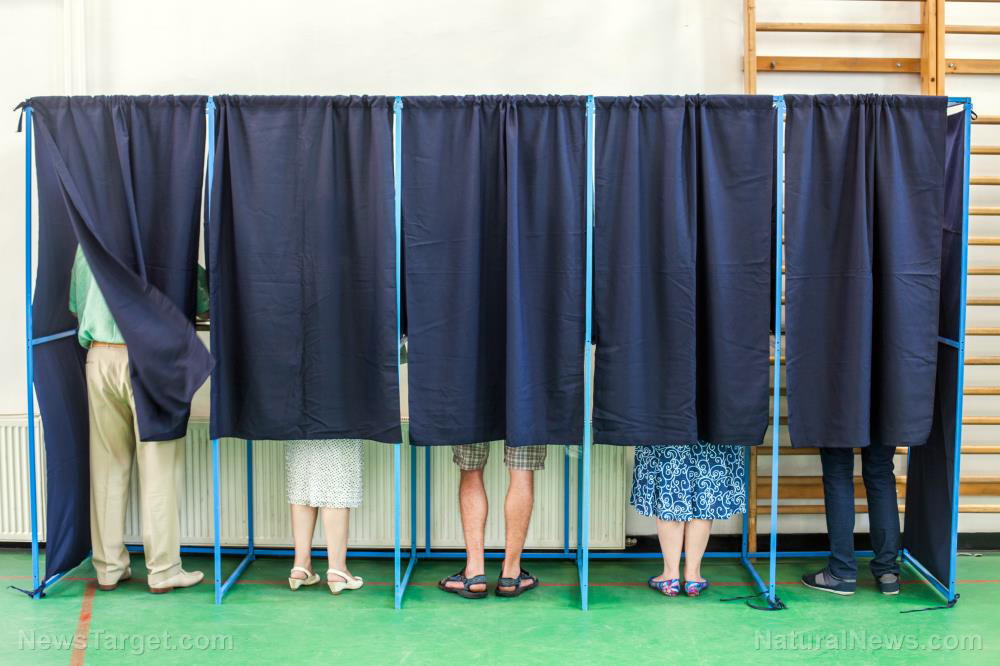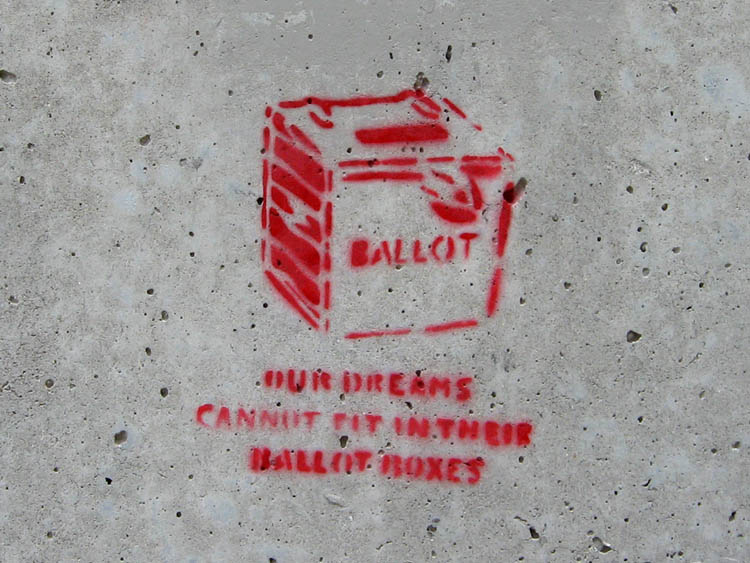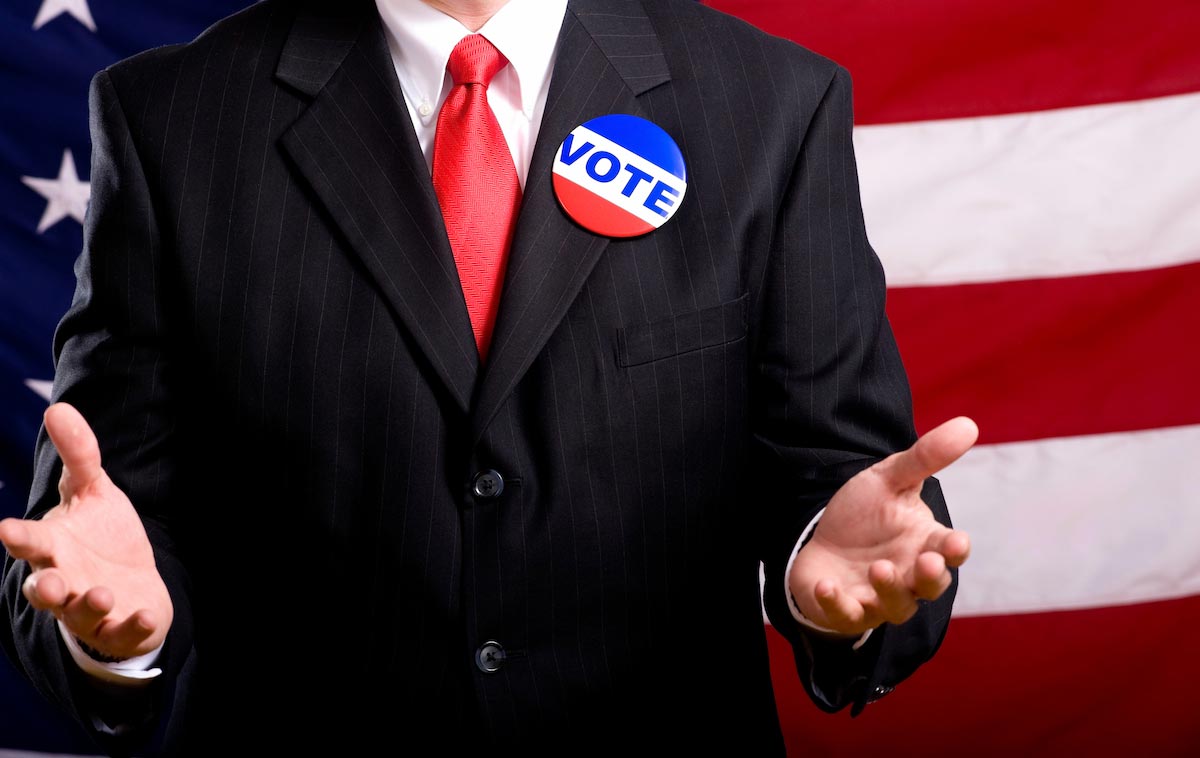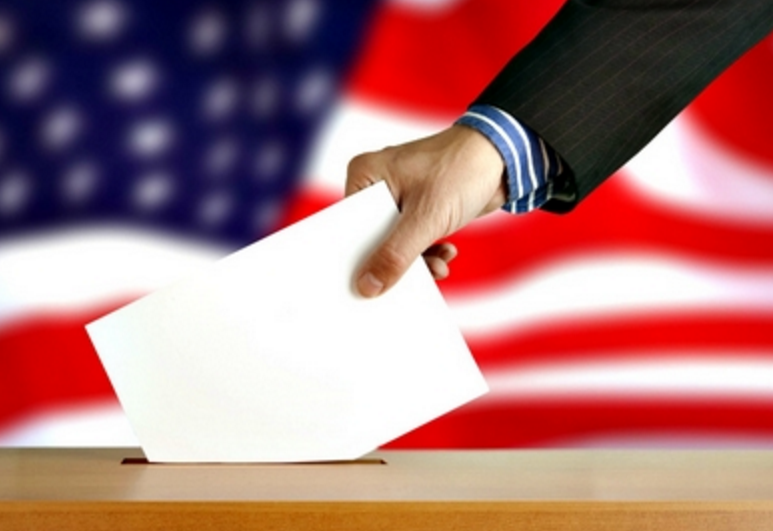Worries about mail-in voting grow as Pennsylvania rejects a whopping 372,000 mail-in ballot applications
10/20/2020 / By Cassie B.

Concerns are mounting about voter confusion surrounding mail-in voting with the news that Pennsylvania has rejected 372,00 mail-in ballot applications.
It’s a significant concern coming from one of the most hotly contested states in the upcoming presidential election. In 2016, President Donald Trump won the state by a very narrow margin of just under 45,000 votes out of more than 6 million that were cast. This gave him 48.2 percent of the state’s popular vote and allowed him to beat Hillary Clinton, who secured 47.5 percent of the vote there. Pennsylvania has 20 of the 270 electoral votes needed to become president.
State officials are blaming many of the denials on duplicate requests that they say were initiated by voters who didn’t realize that they had already applied for mail-in ballots. They claim that more than 90 percent of the applications that were thrown out were duplicates and that voters simply forgot that they had checked a box asking for their general election ballots to be sent by mail when they applied for mail-in ballots in the state primary in June.
In Allegheny County, which includes the city of Pittsburgh, more than 49,000 ballot requests have been thrown away, while 25 percent of the applications submitted in Armstrong County were rejected as duplicates. Philadelphia has also thrown out nearly 49,000 duplicate applications.
Election administrators have said that activist groups who are trying to mobilize voters are contributing to the confusion. Moreover, the state website votesPA.com does not necessarily offer up-to-date information because the mail-in ballot tracker’s accuracy depends on when and how often each county updates its ballot mailing information.
According to the department, the tracker will provide a more accurate reflection of individual voters’ ballot statuses in the coming days and weeks. Meanwhile, elections offices across the state are reporting huge volumes of phone calls and widespread voter confusion, which in some cases is preventing officials from working on anything else. Some county offices have been forced to take on temporary staff and work seven days a week to manage the confusion.
According the Philadelphia Inquirer, one of every five Pennsylvania mail-in ballot requests is being rejected overall.
Although voting by mail has been used for many years, the coronavirus pandemic has led to a surge in its popularity because many people would prefer to vote comfortably from home and avoid risking exposure to the virus.
This news will not do much to quell widespread anxiety about depending on mail-in ballots and the U.S. Postal Service for elections this year. There have been significant difficulties in making the transition from mainly voting in person to voting largely by mail, a problem that has been compounded by a lack of time to educate the public about properly submitting mail-in balloting paperwork.
Mail-in votes in PA will be counted even if they arrive 3 days late
Meanwhile, an evenly divided Supreme Court said yesterday that it will not block a ruling from a Pennsylvania state court that will allow mail-in ballots in the battleground state to be counted as long as they are postmarked by Election Day – even if the ballots arrive as many as three days later.
The ruling was put in place earlier this month in the State Supreme Court of Pennsylvania to allow officials to count the votes of thousands of Pennsylvanians that might have otherwise been rejected for arriving after Election Day.
The justices did not offer an explanation for their decision, but those who say they would have granted the Republicans’ application for a stay were Samuel Alito, Clarence Thomas, Brett Kavanaugh, and Neil Gorsuch. Chief Justice John Roberts sided with the court’s three liberal justices.
There are so many ways that mail-in voting can go wrong, and these problems are only likely to get worse as the election approaches.
Sources for this article include:
Tagged Under: ballots, election fraud, elections, mail-in ballots, vote fraud, voting
RECENT NEWS & ARTICLES
COPYRIGHT © 2017 VOTE FRAUD NEWS
















